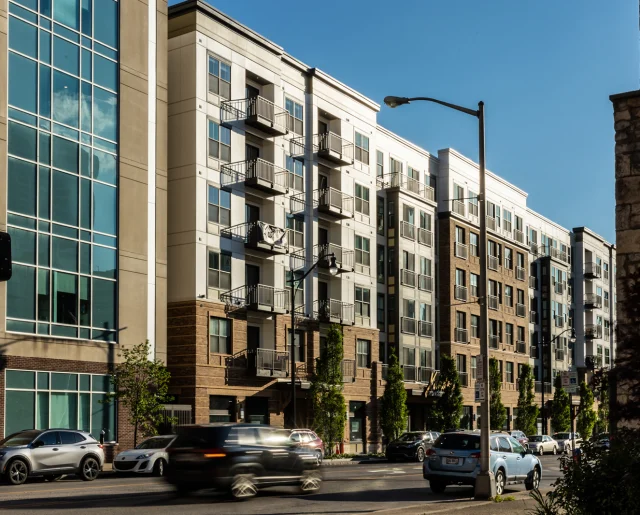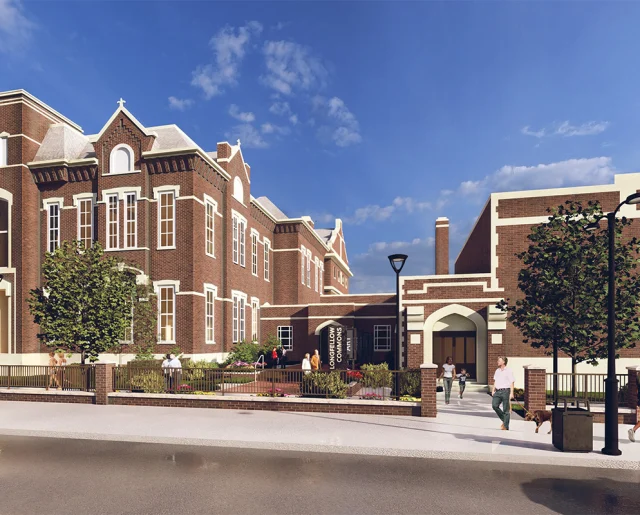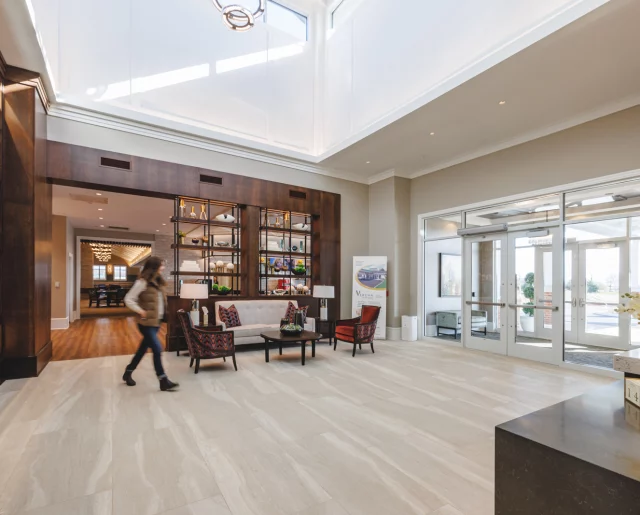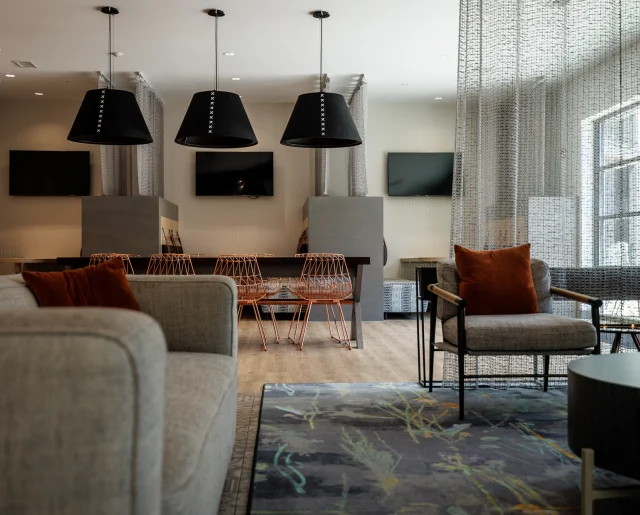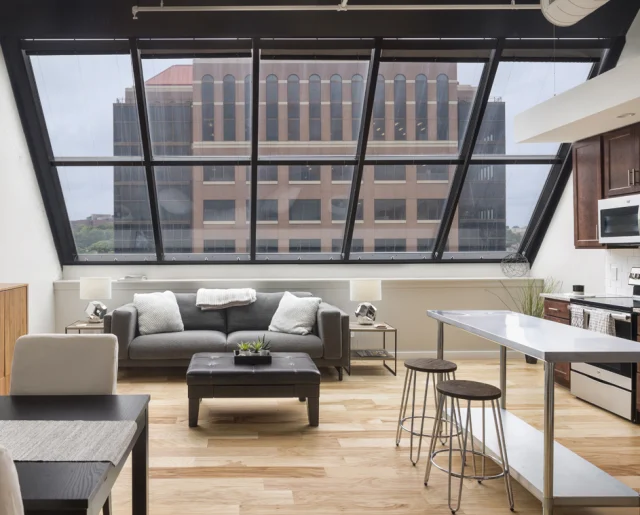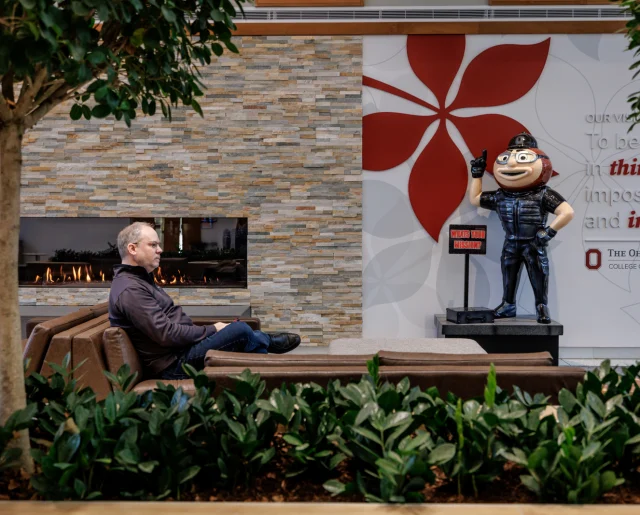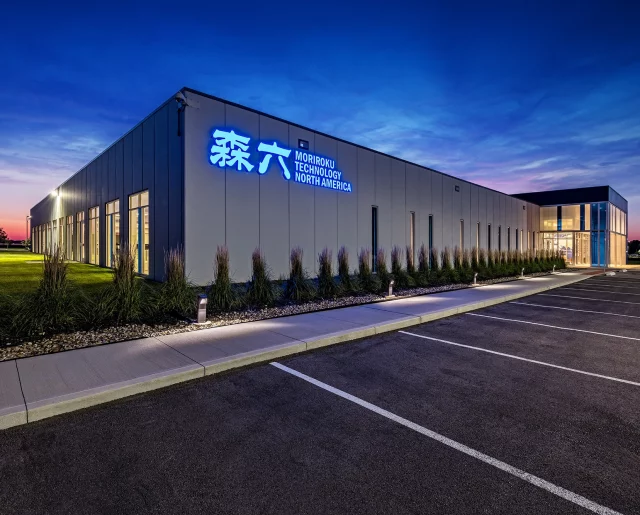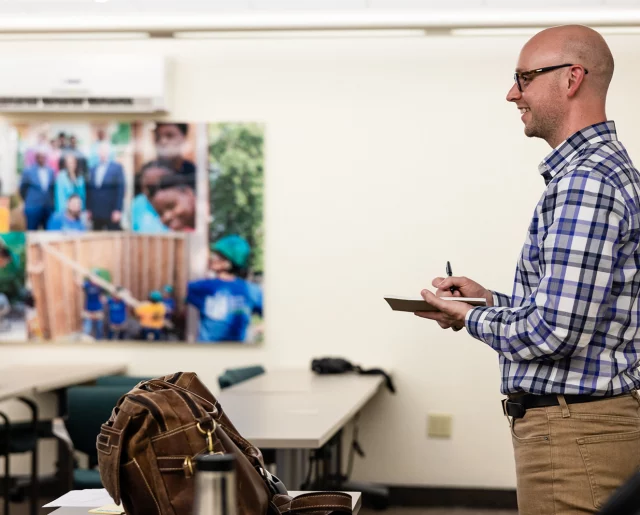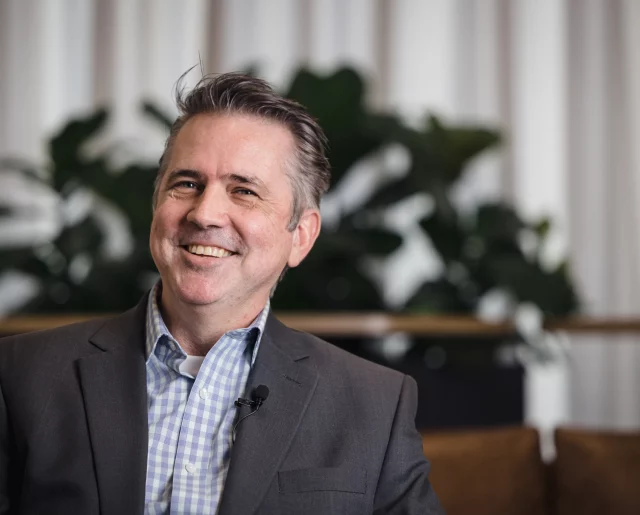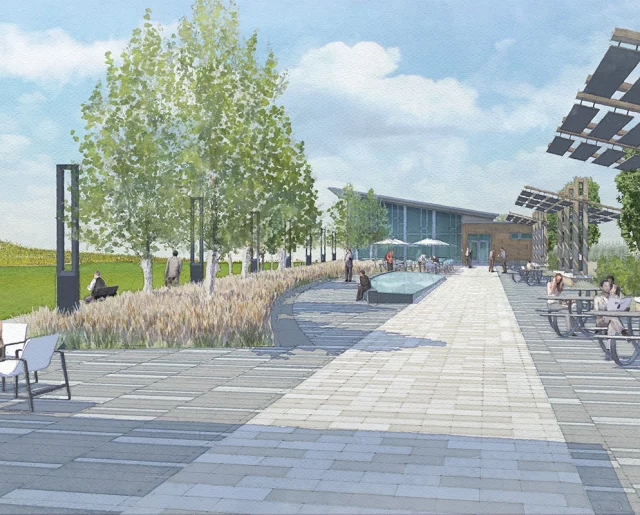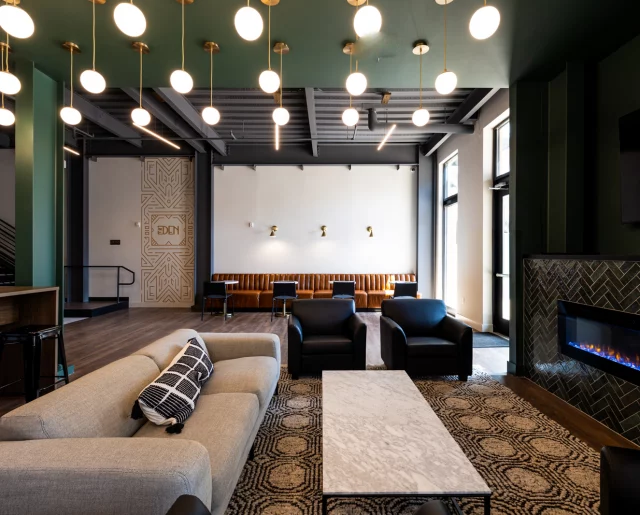5 Trends for Healthcare and Senior Living in Relation to the World of Design
Kris Nankivell, Associate, Interior Designer shares 5 trends for Healthcare and Senior Living in relation to the world of design.
2020 was the year of embracing a reimagined way of living. Specifically, abandoning convention, and redefining expectations. In fact, 2020 will be known as the great accelerator, and, as designers, we see windows of opportunity to reinvent Healthcare and Senior Living Community Spaces.
The top 5 design opportunities inside Healthcare and Senior Living spaces include warm tones to create a welcoming environment, accents that emulate greenery and textiles that make a room pop.
Trend 1- Warm Tones Replace Cool Grays
In years past, cool grays were part of the foundational building blocks of design. Shifting from cool tones to warm tones, there is an opportunity to design from a warm standpoint.
Since last February, people in the United States have increased the amount of time spent indoors by 12 percentage points. This being said, it is fundamental to create a space to unplug. Creating a warm, welcoming environment allows for more time to be spent doing enjoyable things.
Cool grays are not going anywhere. They are still stylish, and, when used right, they are great for accents. However, warm grays can change color though the day, and depending on the potency of each sunrise or sunset, it can create an inviting environment.

Trend 2- Indigo’s Revival
Living through pandemic times has made the option of a home office, or a quiet space to inspire and brainstorm, no longer a nice to have, but a need to have. A well-designed space can aid in shutting out distractions and centering the mind to create. One color in particular that offers sanctuary amidst a hectic lifestyle is the color indigo.
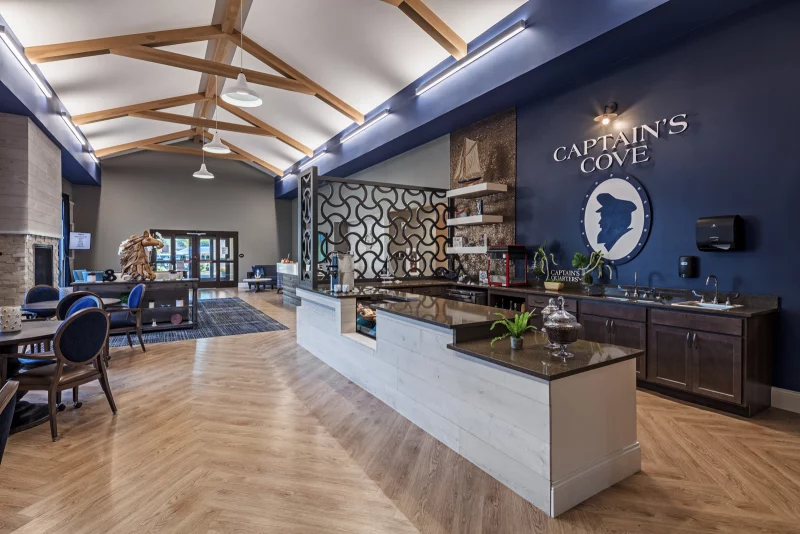
Indigo is familiar and timeless- dating back to ancient times. It comes with the versatility factor no matter where it is used. Not to mention, it possesses a unique ability to simultaneously motivate the mind, and calm the senses. Recently WGSN, a trend forecasting company, called out idigio’s return saying it will be an important color in fashion, lifestyle and interior design.
Trend 3- Accents: Inspired by Plants
Research indicates that plants come with a multitude of healing properties. Some benefits are reduced stress level, better blood pressure and faster healing. As designers we can emulate these effects by using plant-inspired colors. Blues, greens and dark naturals promote soul-soothing spaces. Outdoor landscapes offer boundless inspiration for setting moods in spaces. Whether it be light, but cheerful pastels from bluebells, or energized brights from red flowers, nature can inspire us with accents.
Trend 4:-Textiles as a Popular Way to Incorporate Trending Colors
Creating palettes that build off a neutral tone is important when considering design that stands the test of time. It is important to start with neutrals for large investments like flooring, millwork and large furniture pieces. From there add textiles to introduce color and personality into a space.
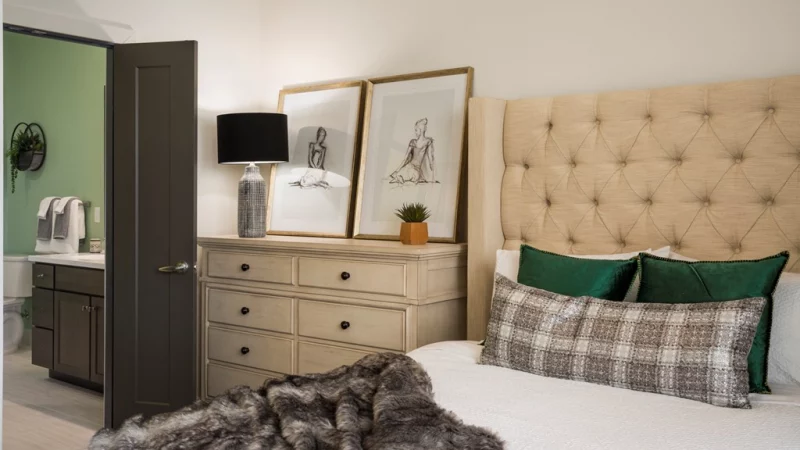
In the coming years, not only residential environments but also commercial spaces will use textiles as raw weaves, block print on fabric and embroidery. Textiles will be an exciting way to incorporate color, contrast and a touch of glamor to any interior.
Trend 5- Wallpapers Making a Comeback
Wallpaper is making a comeback, and it was first seen with experiential design in commercial settings to create a focal point or for custom feature walls. Now, wallpaper is being brought back into residential settings.

Digital printing is easier than ever to use, and it allows designers to easily customize the client’s vision and bring a one-of-a-kind experience to life. As this trend continues, it has the potential to integrate texture into a space. Instead of wallpaper, natural materials like wicker, grass, straw and silk can all be sustainable ways to use natural resources as a wall covering. When it comes to natural paint, research shows a shift towards low-VOC options; the market is expected to grow at a CAGR of +6.62% during 2019-2024. This is driven by consumers’ awareness of the harmful effects of conventional paints and their safe disposal, as well as a rise in the construction of greener buildings that demand specific certifications – the global green building market is forecasted to grow at a rate of 10.26% CAGR by 2023.
